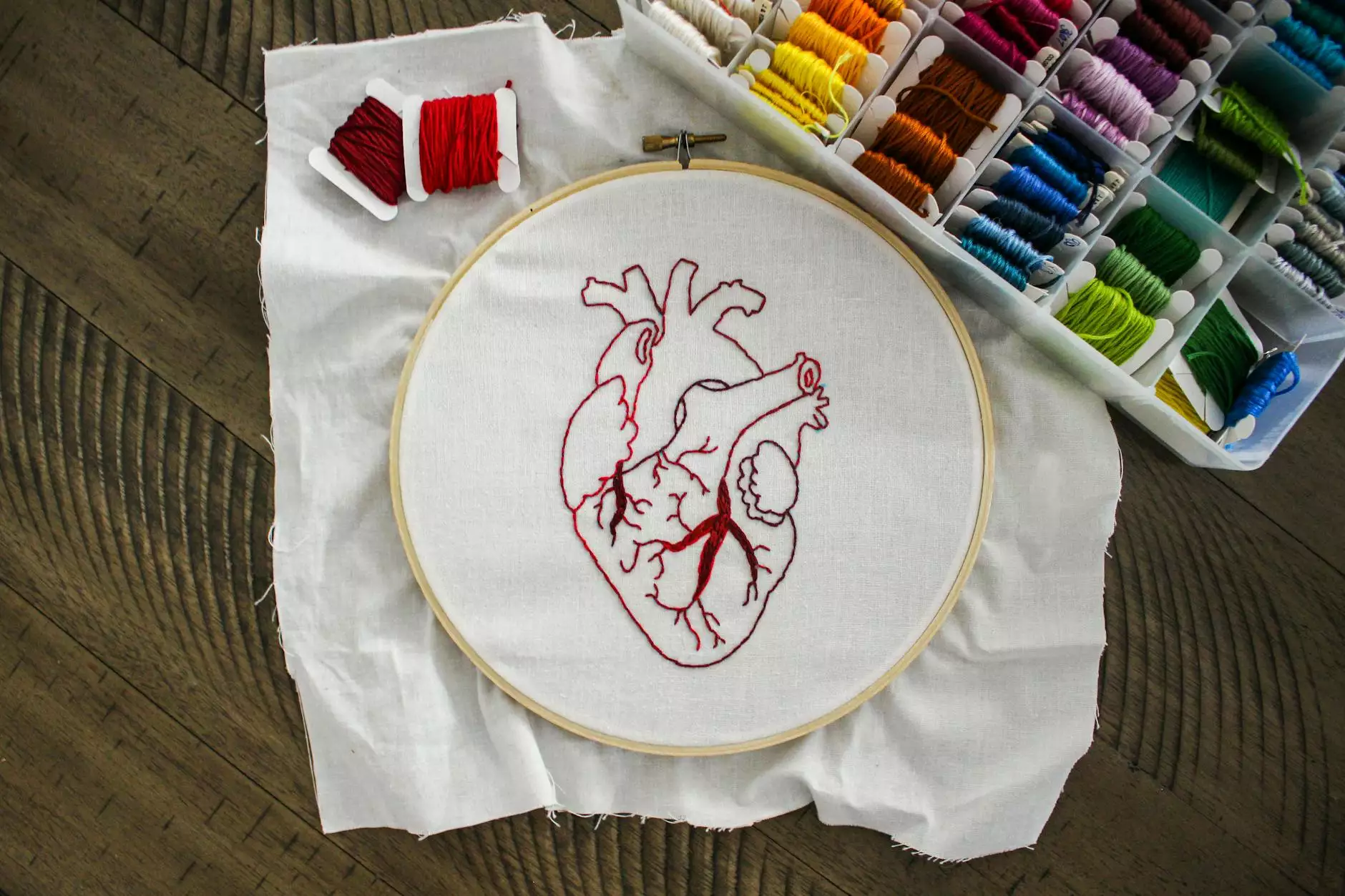Understanding the Capsular Pattern of the Glenohumeral Joint

In the realm of health and medical fields, especially within rehabilitation and chiropractic practices, a profound understanding of joint mechanics is essential. One critical aspect that often arises is the capsular pattern of the glenohumeral joint. This article delves deep into this topic, unraveling its significance, characteristics, and implications for treatment.
The Glenohumeral Joint: An Overview
The glenohumeral joint is one of the most versatile joints in the human body. Formed between the glenoid cavity of the scapula and the head of the humerus, it allows for a remarkable range of motion in the shoulder. However, with such mobility comes a greater risk of injuries and complications, making an understanding of the joint's mechanics and patterns crucial for professionals.
What is a Capsular Pattern?
A capsular pattern refers to a specific way in which a joint loses its range of motion due to restrictions in the surrounding capsule as a result of conditions such as inflammation, injury, or degenerative diseases. Each joint in the body has a characteristic capsular pattern, reflecting the particular mobility that is lost.
The Capsular Pattern of the Glenohumeral Joint
In regard to the glenohumeral joint, the capsular pattern is typically characterized by a loss of external rotation followed by a loss of abduction, and finally a loss of internal rotation. The specific ratio observed is often described as:
- External Rotation: Most limited
- Abduction: Moderately limited
- Internal Rotation: Least limited
This pattern results from various conditions, including adhesive capsulitis (frozen shoulder), rotator cuff injuries, or arthritis. Understanding this pattern is crucial for accurate diagnosis and effective rehabilitation strategies.
Implications of the Capsular Pattern in Rehabilitation
Recognizing the capsular pattern of the glenohumeral joint is vital in clinical assessments. Professionals can develop targeted rehabilitation protocols that address the specific restrictions faced by the affected individual. Here are key implications it has in rehabilitation:
Assessment Techniques
To determine the capsular pattern, healthcare providers typically conduct a thorough assessment involving:
- Range of Motion (ROM) Testing: Utilizing goniometers to measure active and passive ROM in all planes of shoulder motion.
- Functional Movement Assessments: Evaluating how the restrictions impact daily activities and overall shoulder function.
- Palpation and Joint Mobility Tests: Identifying areas of tenderness and assessing the quality of movement in the joint.
Targeted Treatment Approaches
Once the capsular pattern is identified, clinicians can focus on tailored treatment approaches, including:
- Manual Therapy: Techniques such as joint mobilizations can help restore mobility by reducing capsular restrictions.
- Active Rehabilitation: Designing specific exercises to strengthen the surrounding musculature and enhance stability in the shoulder joint.
- Patient Education: Informing patients about movement strategies and postural adjustments to avoid aggravating the condition.
The Role of Chiropractors in Managing Capsular Patterns
Chiropractors play a key role in addressing disorders related to the glenohumeral joint. They utilize a holistic approach that emphasizes the importance of spinal alignment, joint mobility, and overall body mechanics.
Chiropractic Adjustments
By performing specific chiropractic adjustments to the shoulder and surrounding areas, practitioners can facilitate better movement and function in the glenohumeral joint. These adjustments aim to:
- Restore proper alignment and function of the shoulder joint.
- Reduce inflammation and pain associated with joint dysfunction.
- Enhance the body’s innate healing processes through improved joint mechanics.
Collaborative Care
Chiropractors often work in conjunction with physical therapists and other healthcare providers to ensure comprehensive care. This collaborative approach maximizes patient outcomes, especially for those suffering from conditions related to the capsular pattern of the glenohumeral joint.
Conclusion
Understanding the capsular pattern of the glenohumeral joint is fundamental for health and medical practitioners, particularly in rehabilitation and chiropractic practices. By comprehensively assessing and addressing the unique restrictions associated with this pattern, providers can design effective treatments that not only alleviate symptoms but also restore function. Ultimately, this knowledge empowers healthcare professionals to deliver optimal care to their patients, enhancing recovery and improving quality of life.
For further insights into rehabilitation strategies and chiropractic care, visit IAOM-US, a leader in education and resources for healthcare professionals.
capsular pattern glenohumeral joint








